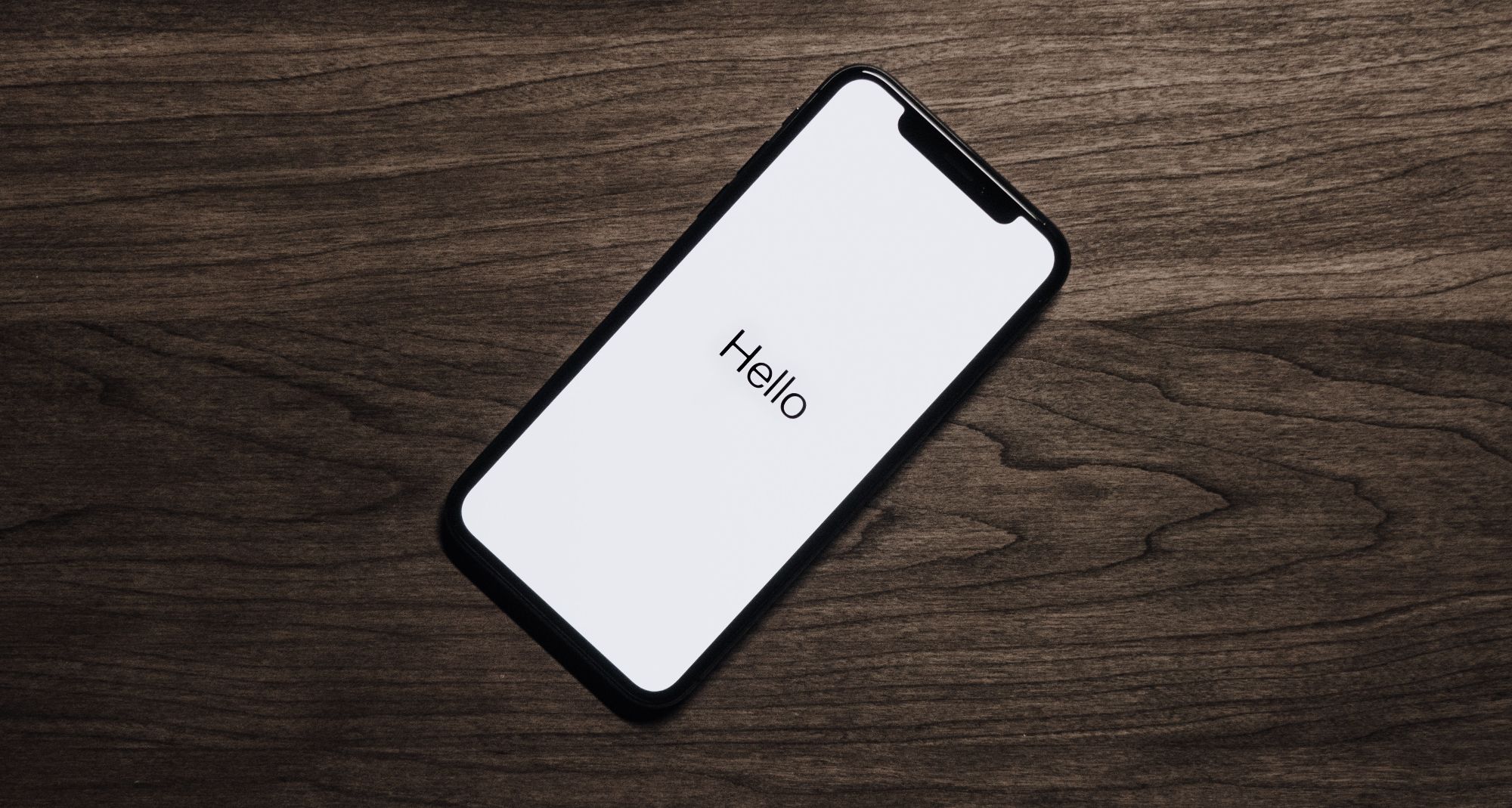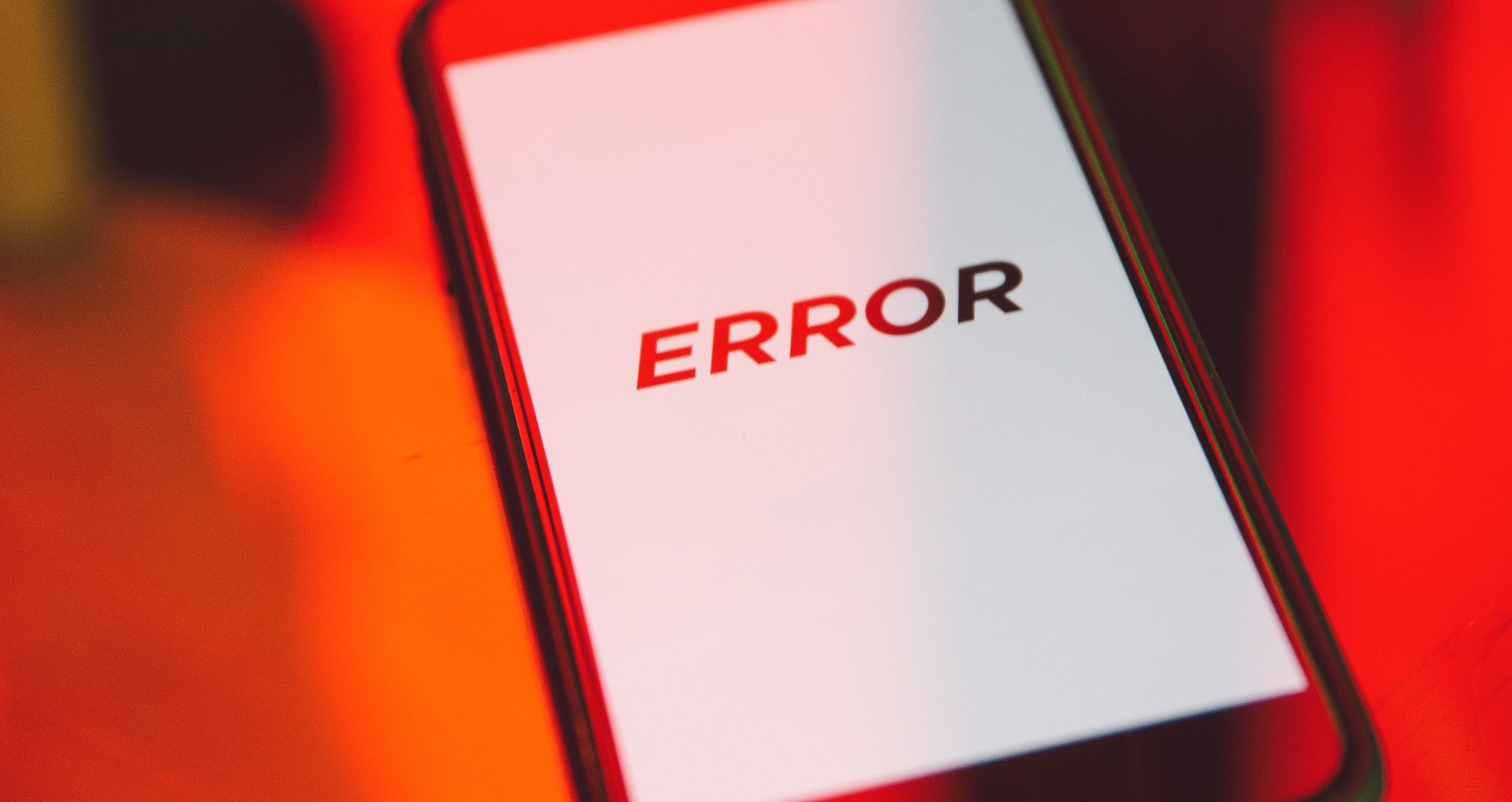
The Secret Fix: How Refreshing Your Phone's System Clears Up Many Issues

The Secret Fix: How Refreshing Your Phone’s System Clears Up Many Issues
Whenever you tell someone that you have a problem with your phone or any other technology, the first question they’ll likely ask is, “Have you tried turning it off and on again?” This can seem irritating, as it’s very general advice. But is there any truth within this alleged quick fix, or is it nothing more than tech lore?
Disclaimer: This post includes affiliate links
If you click on a link and make a purchase, I may receive a commission at no extra cost to you.
What Happens When You Turn Your Phone Off?

Turning your phone off is no big deal, but a key thing happens in the process.Let’s talk RAM .
RAM (random access memory ) stores data in the short term as and when the phone’s processor needs it. You’ll also see RAM in many other devices, including tablets, PCs, laptops, and game consoles. The data stored in your RAM is used to carry out all kinds of tasks in any app you’ve used since the last time you turned on your phone.
If you want to access a webpage or app, this can be done quickly using RAM, as it provides your device with the relevant data stored in anticipation of your next move. Today’s smartphones have RAM ranging between 6-12GB. However, while most people don’t need much more than 6-8GB, there are cases in which you may need additional space (and it doesn’t hurt to have more if the smartphone is within your budget!).
This doesn’t sound like much relative to your phone’s long-term storage capacity, but keep in mind that you won’t need your RAM data for very long.
Because of this, your RAM is cleared of all its data whenever your phone restarts. There are other ways to clear your RAM besides a restart, but restarting your smartphone is generally the easiest and most convenient method. Plus, restarting your phone has some great benefits.
Why Does Turning Off Your Phone Fix Many Issues?

When your RAM is backed up with unnecessary data, the overall performance of your phone can slow down significantly. Loading apps and files can become frustrating, and it may feel like your phone is getting on in years. Even if you manually close down your apps after use, leftover data may still remain in the RAM. Shutting the phone down entirely removes power to the RAM, which clears it completely.
The more space there is in your RAM , the faster your phone can react to commands. So, restarting your phone when you notice a decrease in performance quality can be a quick fix. However, this is not a guaranteed solution. Running out of RAM is a common cause of slow smartphone performance but not the sole culprit. Old operating systems, degraded batteries, or even malware can also slow down a phone’s performance.
So, if a restart isn’t helping, there may be an additional issue that you’ll need to identify.
Restarting your phone can also fix general in-app problems and connectivity issues. For example, say an app won’t start up. Turning your phone off and on again clears your RAM’s data, meaning fragmented and old app data stored within is also cleared. This can often help in fixing simple app issues .
You may have tried activating airplane mode to regain a Wi-Fi or cellular network connection, which sometimes works. The same goes for a total restart. When you restart your phone, a re-connection with your cell service provider is forced. On top of this, you stand a chance of being automatically reconnected to your Wi-Fi network (if you’ve chosen to auto-connect in settings).
Again, restarting your phone is not a guaranteed solution to in-app or connection issues . There may be a problem with the network you’re trying to connect to (such as an inconsistent connection) or the app you’re using (such as outdated software). Alternatively, issues with your phone’s hardware may need to be addressed.
Restarting Your Phone Isn’t Just an Anecdotal Fix
It may seem like restarting your phone is a throwaway piece of advice for fixing issues. After all, everyone tends to assume that it’s a quick fix. But in reality, this can sometimes prove to be true. By restarting your phone, you can fix a number of issues (though it is not a universal solution). So if you’re experiencing problems with performance, connection, or similar, try a quick restart to see if it helps.
Also read:
- [New] Crafting Dissolves with Ableton Live
- [Updated] FCP's Premier Selection The Top 10 Editing Plugins for 2024
- 10 Essential Remedies for Constant Crashes in Your iPhone's Favorite Apps
- All About Factory Reset, What Is It and What It Does to Your OnePlus Ace 2V? | Dr.fone
- Bring Back My Vanished iPhone Contacts: An Ultimate Troubleshooting Handbook
- Defeating the Ghostly Fingers of Your iPhone Screen: A List of 10 Effective Fixes
- Fix: Windows 10 Refuses to Power Off - Solution Found
- How To Change Your Apple ID Password On your Apple iPhone 12
- In 2024, Discovering the Stars of YouTube's Best Music Videos, 2023
- In 2024, Streaming Showdown Which Superior Broadcaster Tool Are You?
- IPhone Won't Back Up to iCloud? 9 Fixes to Try
- Is Your iPhone Really Offline or Just Hiding? Uncovering the Truth & Solutions with Find My iPhone
- Struggling with Your iPhone's Contact List? Correct It With These 3 Methods!
- Top 8 Solutions: How to Get Your iPhone Out of Sticky Headphone Mode
- Troubleshooting: How To Get Your iPhone Apps To Download Successfully
- Understanding How Facebook Constructs Its Social Ecosystem
- YouTube Star-Level Stabilization Tools Listed for 2024
- Title: The Secret Fix: How Refreshing Your Phone's System Clears Up Many Issues
- Author: Edward
- Created at : 2025-02-24 16:22:27
- Updated at : 2025-03-02 16:30:58
- Link: https://fox-that.techidaily.com/the-secret-fix-how-refreshing-your-phones-system-clears-up-many-issues/
- License: This work is licensed under CC BY-NC-SA 4.0.